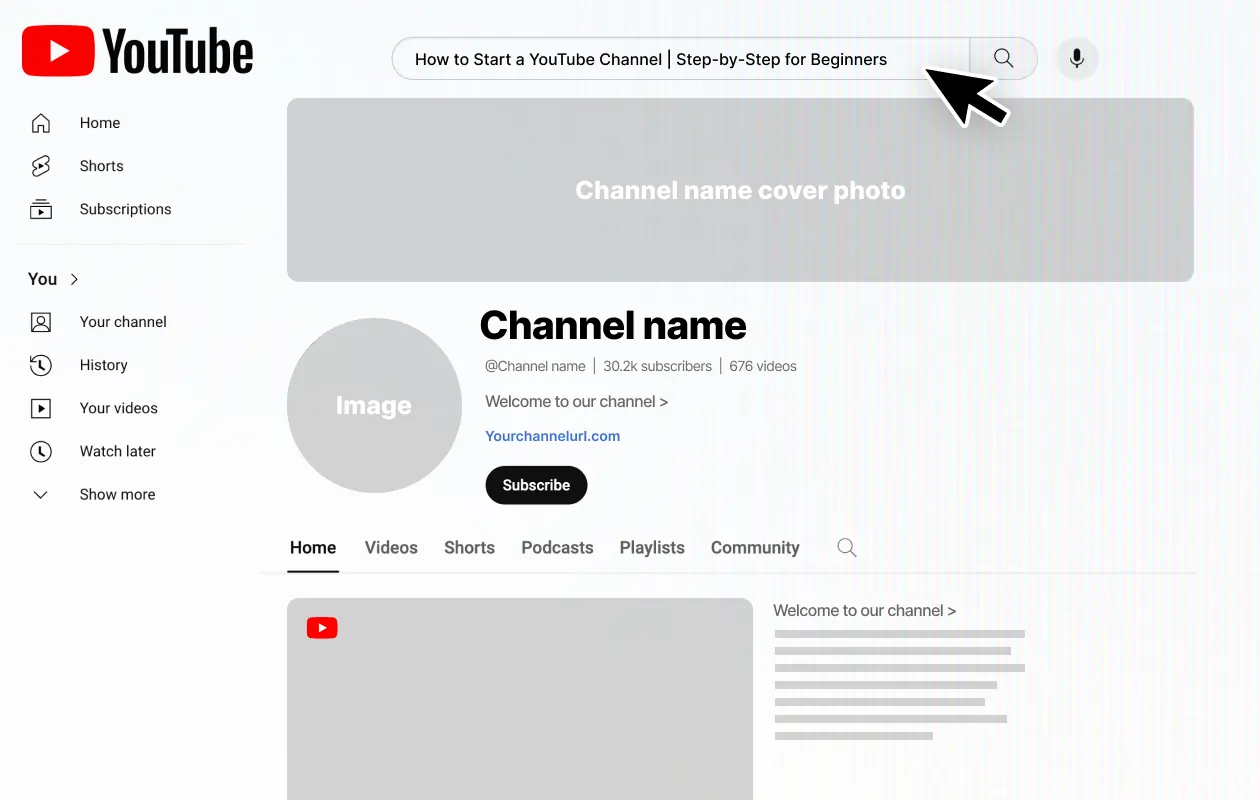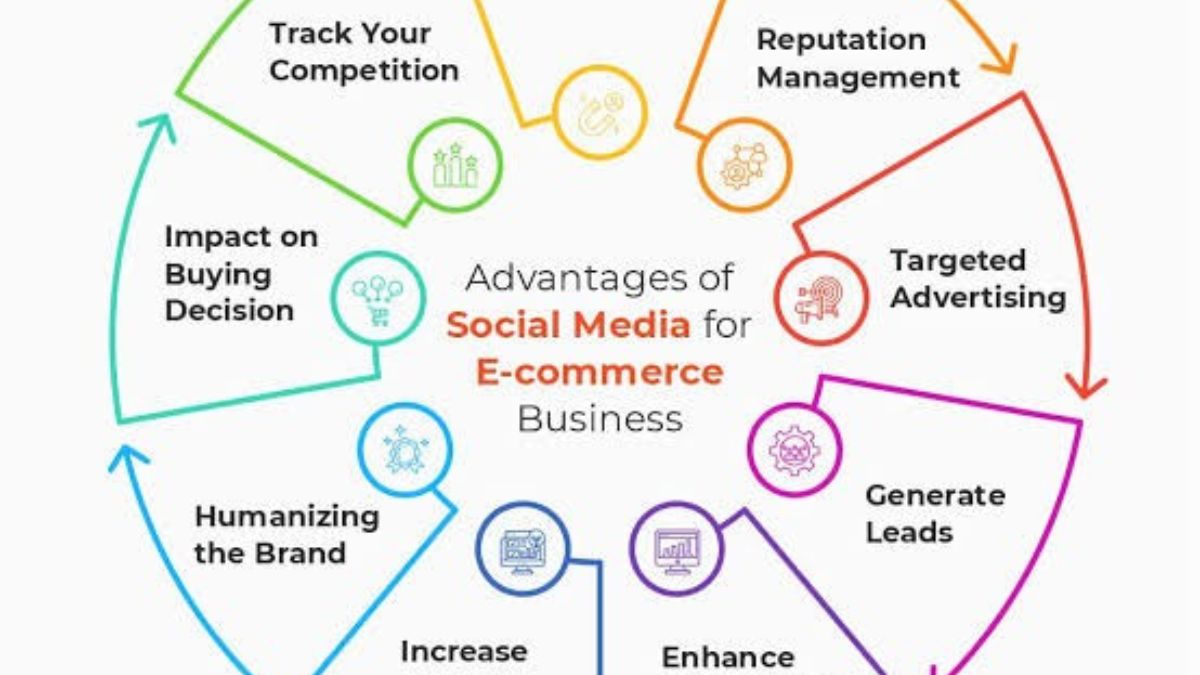Starting a YouTube channel has many great benefits. First, you get to create content that you’re passionate about and share it with people who think like you from all over the world. Over time, you’ll build a community where thousands, or even millions, of people will look forward to your videos.
If things go well, you can eventually earn a full-time income, make money from your videos, or even turn your channel into a business.
Create a Google Account
This is the first step. If you don’t have a Google account yet, it’s easy to create one. Just sign up by entering your name, then provide some basic information about yourself. That’s it! You now have a Google account.
Having a Google account is helpful for creating your YouTube channel because of all the tools and features Google offers.
Make a YouTube Channel in 4 Easy Steps
Creating your YouTube channel is quick and easy. Just follow these steps:
- Sign in to YouTube.
- Click your profile picture in the top right and choose “Create a Channel.”
- Upload a profile picture and enter your channel’s name.
- Click “Create Channel” in the bottom right.
Verify Your Phone Number with YouTube
After you have created your channel, the following step is to validate your phone number. This allows you to post films longer than 15 minutes, create custom thumbnails, live stream, and appeal content claims.
Click your profile image again, then choose “YouTube Studio.”
Choose “Settings” from the left menu.
Navigate to the “Channel” tab and choose “Feature Eligibility.”
Under “Intermediate features,” choose “Verify Phone Number” and follow the instructions on the page.
Find Your YouTube Niche
Your niche is the main topic you’ll focus on in your YouTube channel. It’s what will draw viewers to your content, as many people are interested in specific topics.
To really stand out, try narrowing down your niche even further. For example, instead of just a general cooking channel, focus on something specific, like Japanese food. So, your overall niche can be “cooking,” and “Japanese recipes” would be your sub-niche.
Identify Your Target Audience
Once you have determined your specialty, it is easy to imagine who will view your videos. It is critical to do this early on.
Here’s why.
- Knowing what your viewers desire (such as information, entertainment, guidance, or how-tos) allows you to generate better video ideas.
- You may schedule video posts for when your target audience is most likely to view them.
- Understanding what viewers like and dislike allows you to develop more pleasant content.
- Some of this will emerge when your audience grows, but you can get a sense of who they could be right now.
For example, if you want to start a channel for being a digital nomad, your target audience may be young people in their 20s and 30s. These folks are likely able to travel regularly since they do not have significant relationships or families, allowing them to roam from one place to another.
Create a USP for Your Viewers
Now that you’ve chosen your channel’s topic and know who your viewers are, it’s time to make a promise to them.
This promise is called a value proposition. It’s a short statement that tells people what your channel is about and what they’ll get from watching your videos.
Find Your Competition
As a YouTube creator, it’s important to know who your competitors are. But it’s not about trying to beat them or get more views than they do.
Instead, competition can help you improve. Watching other creators can teach you knew things, inspire you, and help you compare your content. And sometimes, it can be smart to team up with your competition as you might have similar audiences.
You can easily research competitors by searching for common topics or questions in YouTube’s search bar and seeing which channels come up.
Create a List of Video Ideas
It’s a good idea to have some video ideas ready prior to posting on YouTube. This way, you can spend more time creating and less time wondering what to film next.
You can get video ideas from different places, like:
- What other similar channels are posting
- News related to your niche
- Trending topics in your niche.










